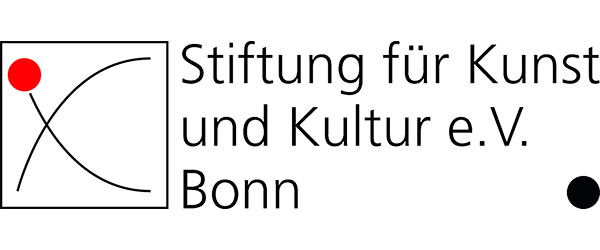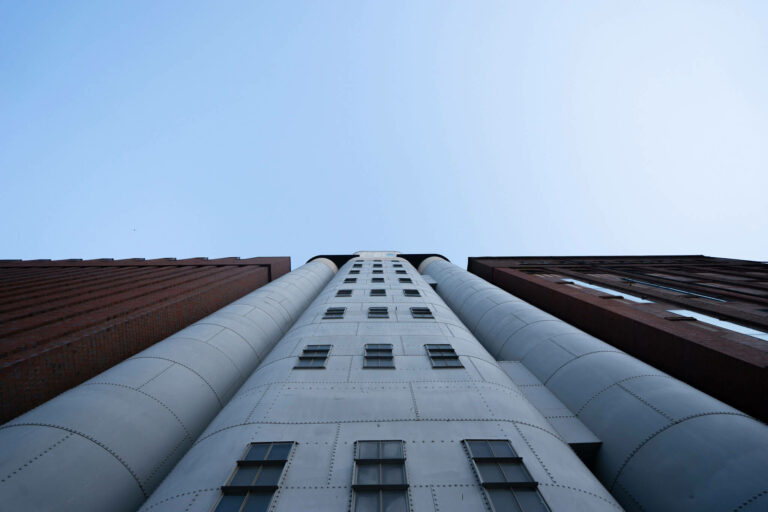New landmark in the Ruhr region: since the laying of the foundation stone and around four years of construction, the extension to the Küppersmühle Museum by Herzog & de Meuron has been completed. Inside, a sequence of 36 bright, clearly structured collection rooms gives art plenty of room to work.
The project was made possible by the commitment of the private MKM Foundation, founded by the collectors Sylvia and Ulrich Ströher. The collectors played a major role in the initial planning of the exhibition spaces. In the new building, the focus is on Art Informel and abstraction by German artists, complemented by some positions of European post-war art. The Ströher Collection presents a wide range of works by the following artists:
Afro, Josef Albers, Jean Arp, Willi Baumeister, Peter Brüning, Alberto Burri, Rafael Canogar, Michael Croissant, Karl Fred Dahmen, Jean Dubuffet, Adolf Richard Fleischmann, Rupprecht Geiger, Karl Otto Götz, Otto Herbert Hajek, Hans Hartung, Bernhard Heiliger, Gerhard Hoehme, Anselm Kiefer, Norbert Kricke, André Masson, Georges Mathieu, Brigitte und Martin Matschinsky-Denninghoff, Manolo Millares, Ernst Wilhelm Nay, Jean-Paul Riopelle, Otto Ritschl, Giuseppe Santomaso, Antonio Saura, Bernard Schultze, Emil Schumacher, Jaroslav Serpan, K.R.H. Sonderborg, Pierre Soulages, Antoni Tàpies, Fred Thieler, Hann Trier, Hans Uhlmann, Emilio Vedova, Maria Helena Vieira Da Silva, Fritz Winter und Wols.
The majority of the rooms in the MKM’s existing building have also been newly furnished, with a focus on works of later German post-war art by Georg Baselitz, Jürgen Brodwolf, Abraham David Christian, Günther Förg, Christoph M. Gais, Winfred Gaul, Gotthard Graubner, Ernst Hermanns, Anselm Kiefer, Imi Knoebel, Thomas Lehnerer, Markus Lüpertz, A.R. Penck, Gerhard Richter, Reiner Ruthenbeck, Michael Schoenholtz, Heinrich Siepmann, Walter Stöhrer and Rudolf Wachter.
In the large hall on the 3rd floor, the entire cycle “Original and Forgery” by Sigmar Polke can be seen here for the first time in 20 years. The recurring rehanging of rooms and re-presentation of further works from the collection is part of the presentation concept. In addition, certain collection positions are presented in depth in temporary exhibitions, such as most recently Hanne Darboven with the large exhibition “Der Regenmacher” or currently the large Andreas Gursky exhibition.
„The collection conveys an essential piece of post-war German art history“, says MKM-Director Walter Smerling. “The heart, if you will, are the informal and abstract painters, the “founding fathers” of German post-war art such as Willi Baumeister, K.O. Götz or Emil Schumacher and their European colleagues Emilio Vedova, Maria Helena Vieira Da Silva or Wols. The successor generation that has dealt intensively with history – Anselm Kiefer, Georg Baselitz, Gerhard Richter and others – is also represented with central works. The collection is at the same time very personal, which is what gives it its character and vitality. One senses the enthusiasm for abstraction through the decades, as shown by works by Walter Stöhrer, Christoph M. Gais or David Schnell. And the collectors’ concern to present “their” artists with collections of works from different creative phases is a great fortune for the museum. In this way, German art history can be experienced, the generation of teachers and pupils can be compared, and the development of the work of individual artists can be traced. The extension building, the reopening with the first presentation of the collection on this scale is a great fortune for the art landscape of the Federal Republic of Germany.”












